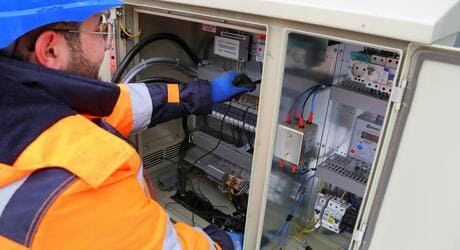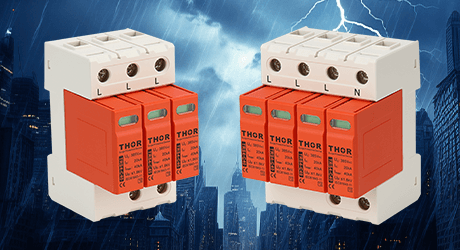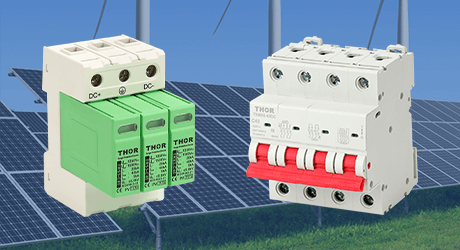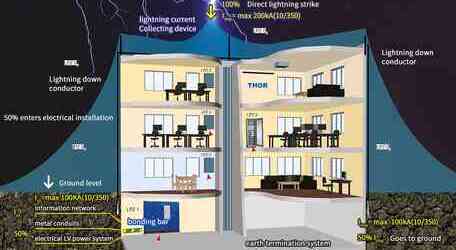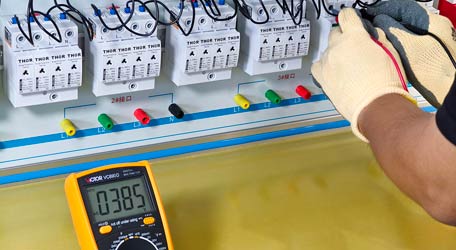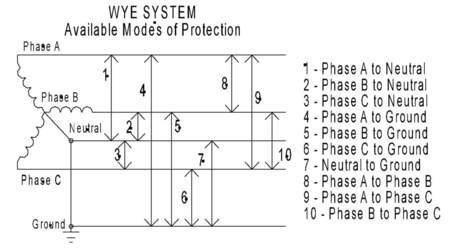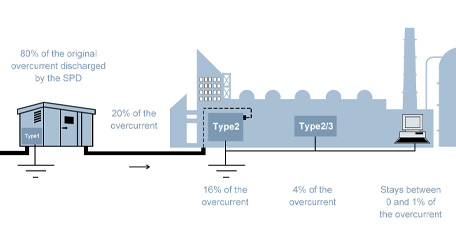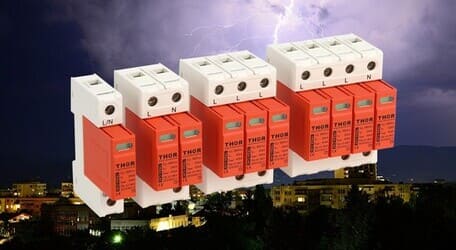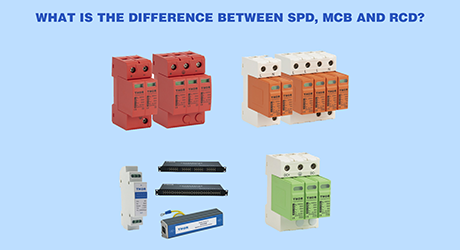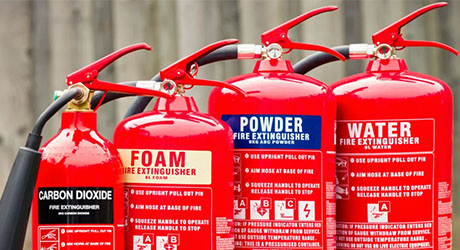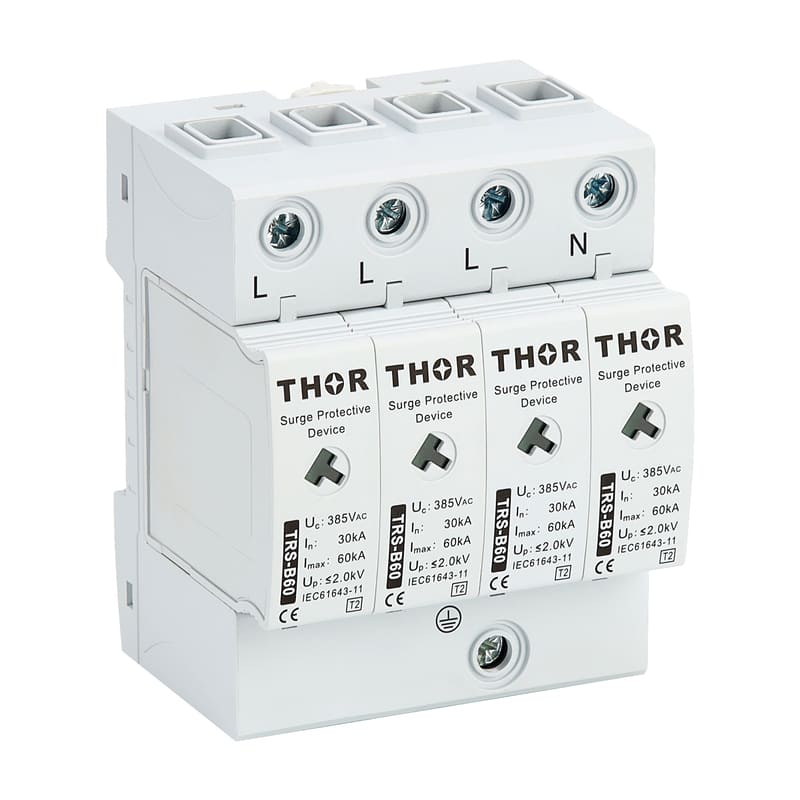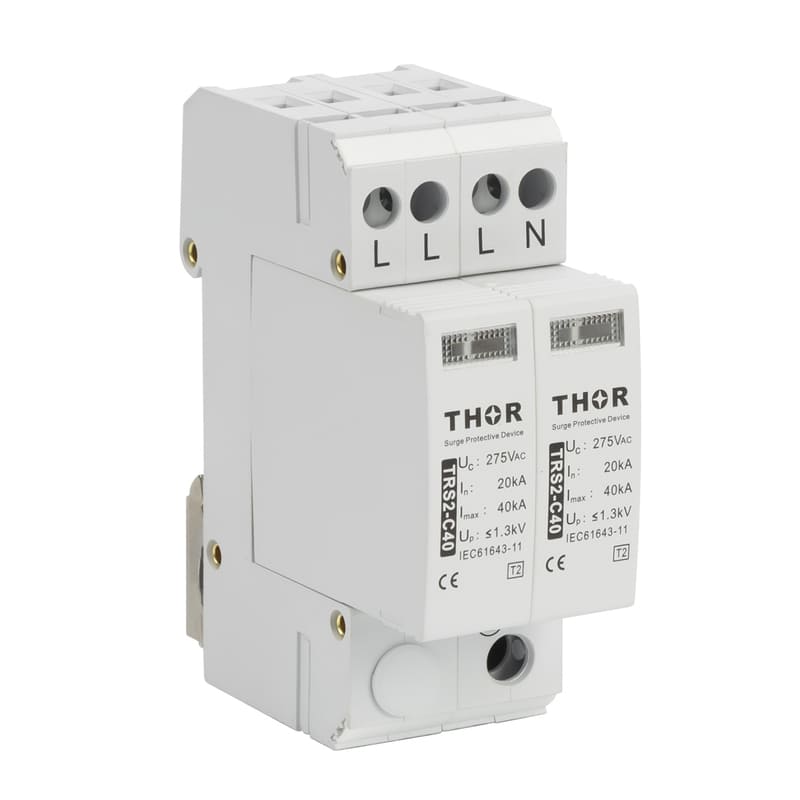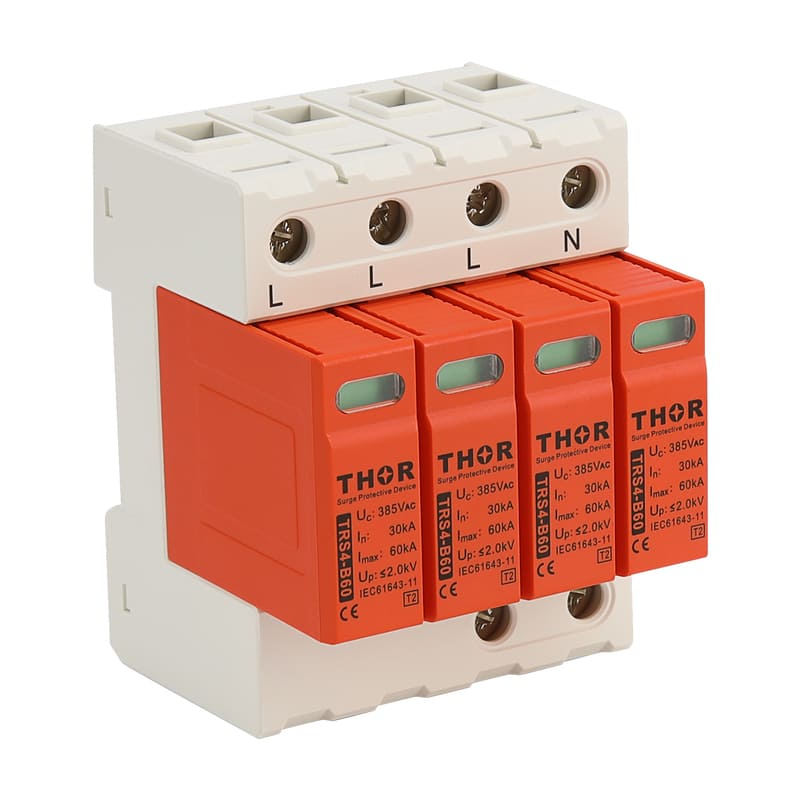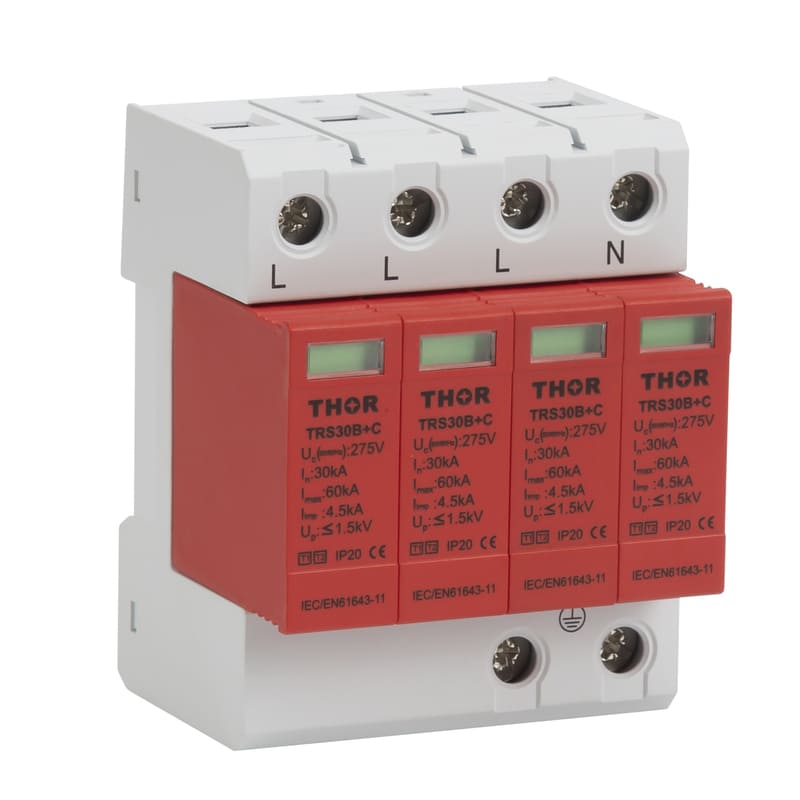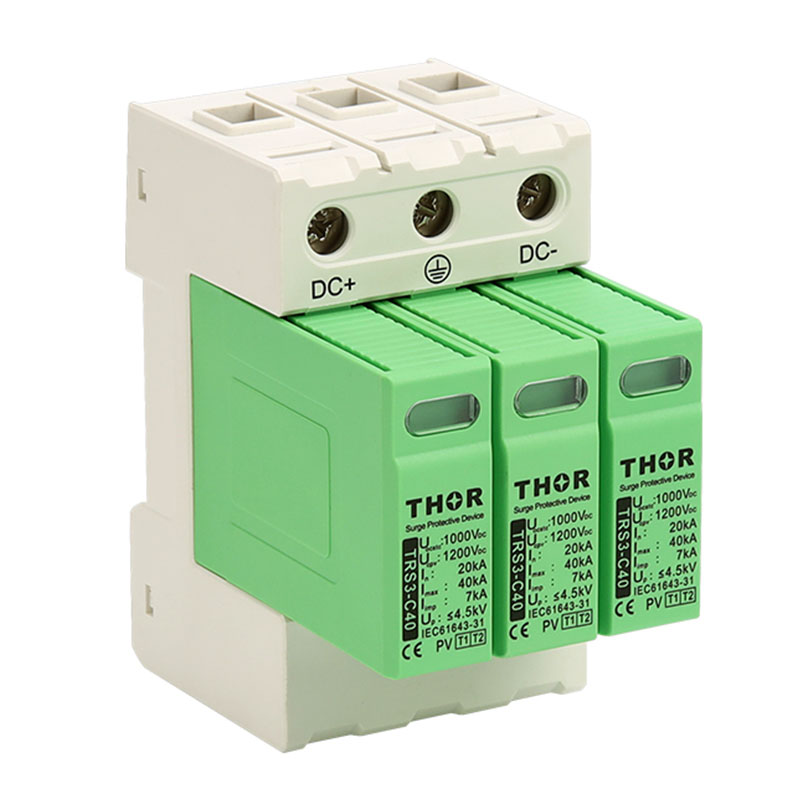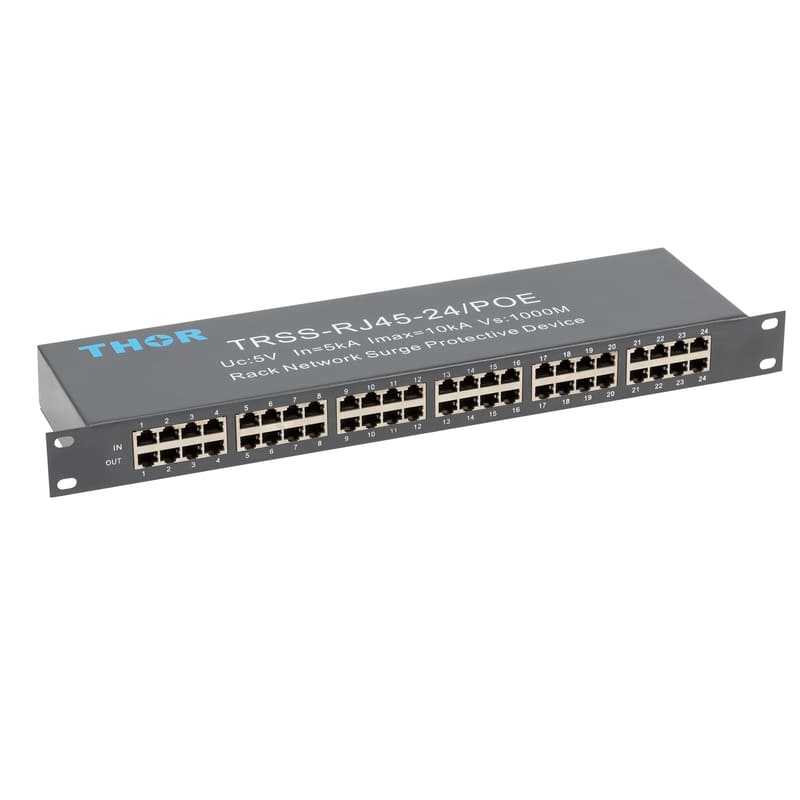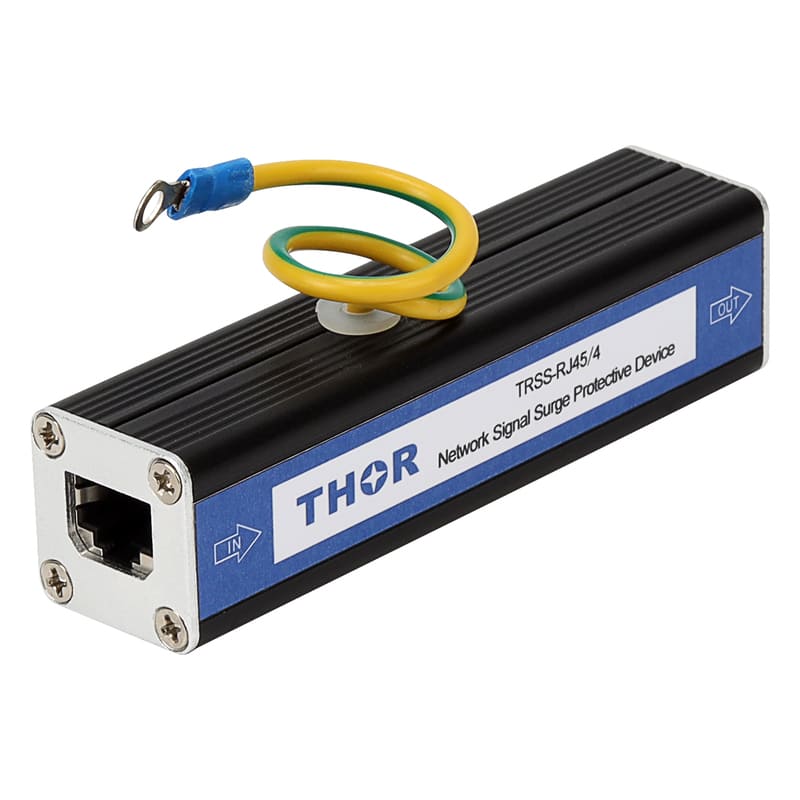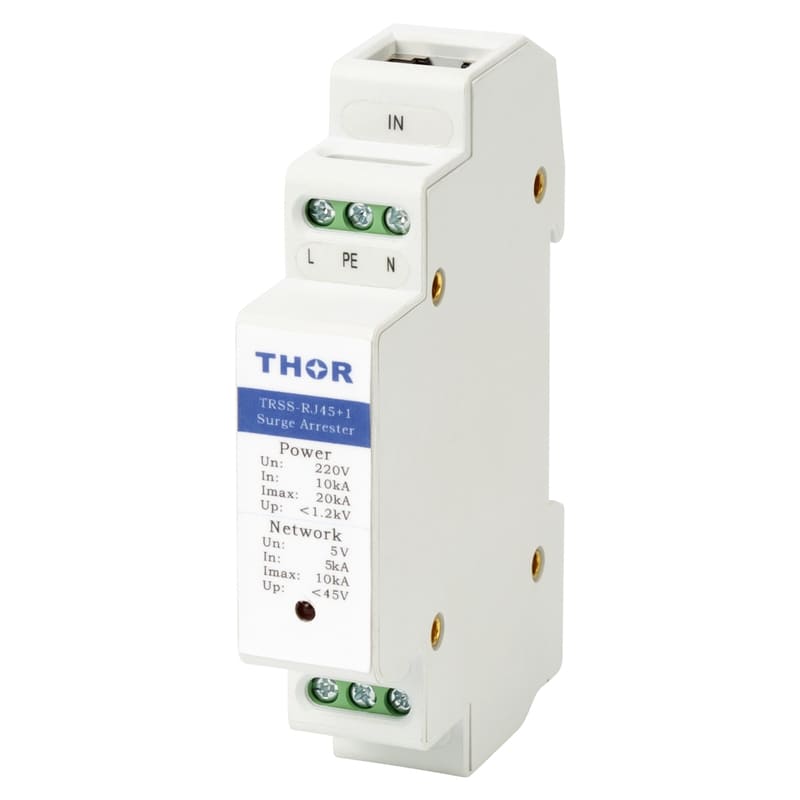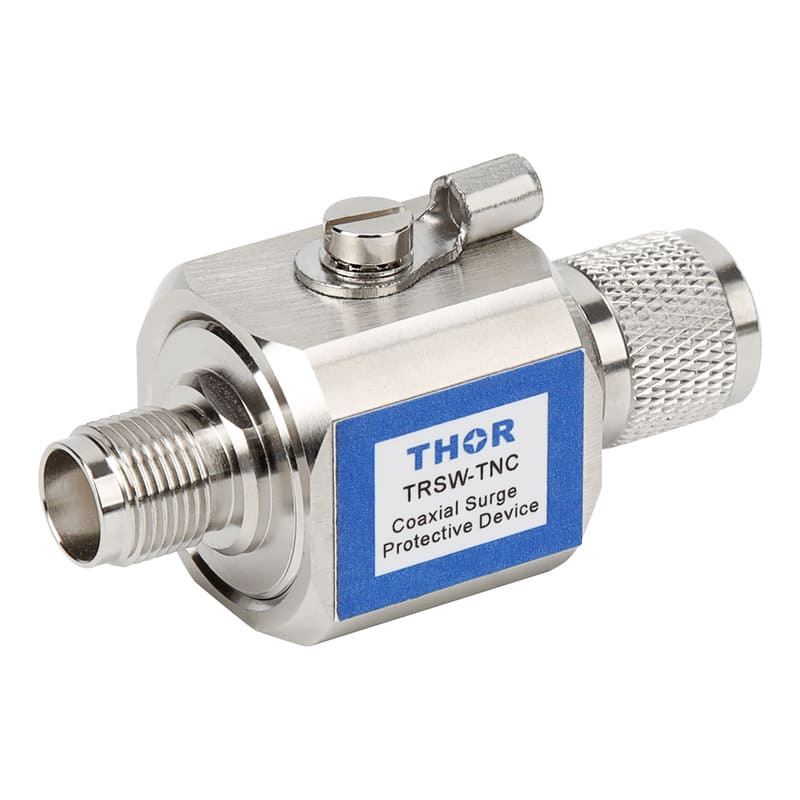What is single-phase power
Single-phase power is the standard electrical supply system for most homes and small businesses. It involves a single alternating current (AC) voltage waveform delivered through two wires: a live (hot) wire and a neutral wire.

Figure 1 - single-phase power waveform
The electricity flows through two main wires: the live (or hot) wire, which carries the current to the electrical devices, and the neutral wire, which completes the circuit by providing a return path back to the power source. Such simple two-wire system allows electrical devices to operate efficiently by harnessing the alternating nature of the current.
Do I really need single-phase surge protection
Single-phase systems are particularly vulnerable to surge threats for several reasons. First, they are most commonly used in residential, small commercial, and light industrial environments, where the electrical infrastructure is simpler and less robust. single-phase setups typically lack systematic protection measures, such as surge protective devices, lightning rods, or dedicated grounding networks that are standard in larger facilities using three-phase power.
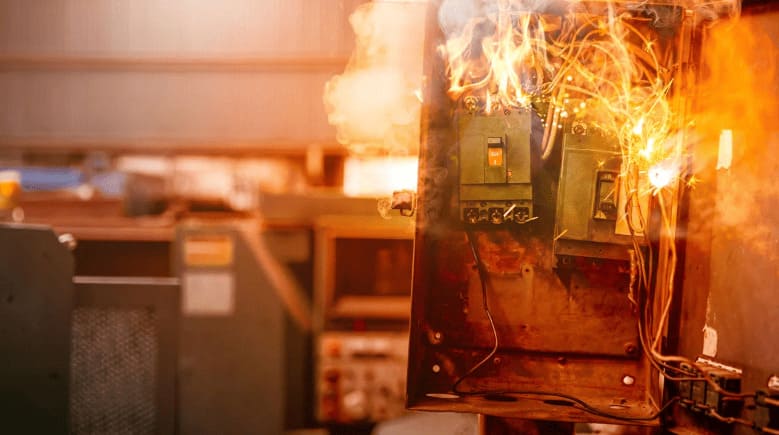
Transient overvoltages leading to fire hazards
Second, single-phase circuits only have a live and neutral wire, which means there are fewer paths for redistributing or absorbing transient overvoltages. In contrast, three-phase systems offer more balanced load sharing and multiple paths, which can help mitigate the impact of a surge. When a voltage spike—caused by lightning strikes, power grid switching, or equipment faults—enters a single-phase system, the energy is more likely to concentrate directly onto the connected appliances and electronics, leading to potential damage.
Third, maintenance and inspection routines for single-phase systems are often minimal or irregular. Many households and small offices may be unaware of surge protection needs or may rely solely on basic power strips, which offer limited protection. Even worse, they might have never had the concept of surge protection, perceiving fuses and circuit breakers as the only protective equipment.
Unlike industrial environments with regular electrical audits and protective device upgrades, residential users often do not monitor or replace worn-out surge protection equipment, leaving them exposed to risks over time.
Finally, many single-phase applications power sensitive electronic devices—such as computers, routers, televisions, air conditioners, and smart appliances—that are highly susceptible to voltage fluctuations. These devices often have delicate internal components that can be damaged or degraded even by small, repeated surges.
What is single-phase electrical surge protection
Single-phase electrical surge protection is a critical protective measure in safeguarding residential and small commercial electrical systems against transient overvoltages, commonly known as electrical transient surges. They are short-duration spikes in voltage that can result from various sources, such as lightning strikes, utility switching operations, and the sudden connection or disconnection of large inductive loads.
Well-designed single-phase surge protection measures effectively divert and dissipate surge energy to the ground, which can greatly enhance the longevity and reliability of sensitive electronic equipment, appliances, and control systems and significantly improve the resilience of electrical circuits.
The core of any single-phase surge protection strategy lies in the use of Surge Protective Devices (SPDs). SPDs, mostly composed of metal oxide varistors (MOVs), gas discharge tubes (GDTs), are engineered to detect and respond to overvoltage conditions in microseconds, and effectively limit the voltage to a safe threshold by diverting the excess energy away from protected circuits.
In a single-phase configuration, SPDs are typically installed between line (L) and neutral (N), line (L) and earth (PE), and sometimes between neutral (N) and earth (PE), depending on the grounding system and specific application requirements.
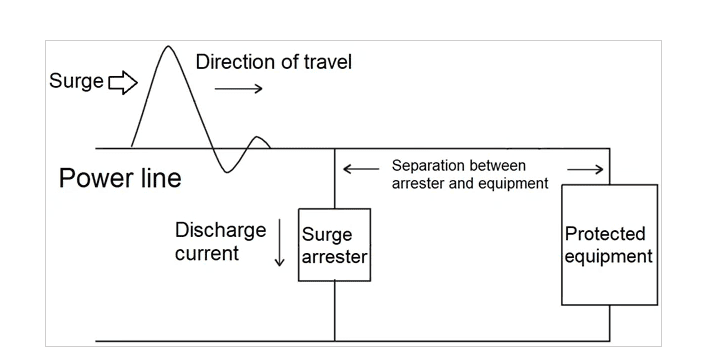
Figure 2 - Single-phase surge protection device working principle
From a standards and compliance perspective, modern surge protection systems must align with international guidelines such as IEC 61643-11. Key technical parameters include maximum continuous operating voltage (Uc), nominal discharge current (In), and voltage protection level (Up). Proper coordination bet ween SPD types and adherence to installation best practices, including correct earthing and conductor sizing, are essential for optimal protection.
How to choose the right single-phase SPDs
Choosing the right surge protection device (SPD) for a single-phase electrical system involves a systematic evaluation of several key technical parameters for optimal protection and system reliability.
First, assess the surge current capacity (Imax) of the SPD. Imax indicates the maximum surge current the device can safely divert without failure. For typical residential and small commercial installations, SPDs with Imax values between 10 kA and 50 kA per phase are common. Higher ratings are necessary in areas prone to frequent lightning activity or where the building is equipped with external lightning protection systems.
The voltage protection level (Up) is equally critical. Up represents the maximum voltage that appears across the SPD during a surge event. Selecting an SPD with a low Up is vital to guarantee the surge voltage stays below the maximum withstand voltage of connected equipment. For example, modern electronics often tolerate transient voltages up to 1.5 kV; hence, an SPD with a Up around 1.2 kV or less is preferable.
Understanding the SPD classification and installation location further refines your choice. At the service entrance or main distribution board, Type 1 SPD TRS-A15 or combined Type 1+2 device TRS5-B+C are designed to filter the majority of overvoltage energy, including those caused by direct lightning strikes or switching surges from the utility.
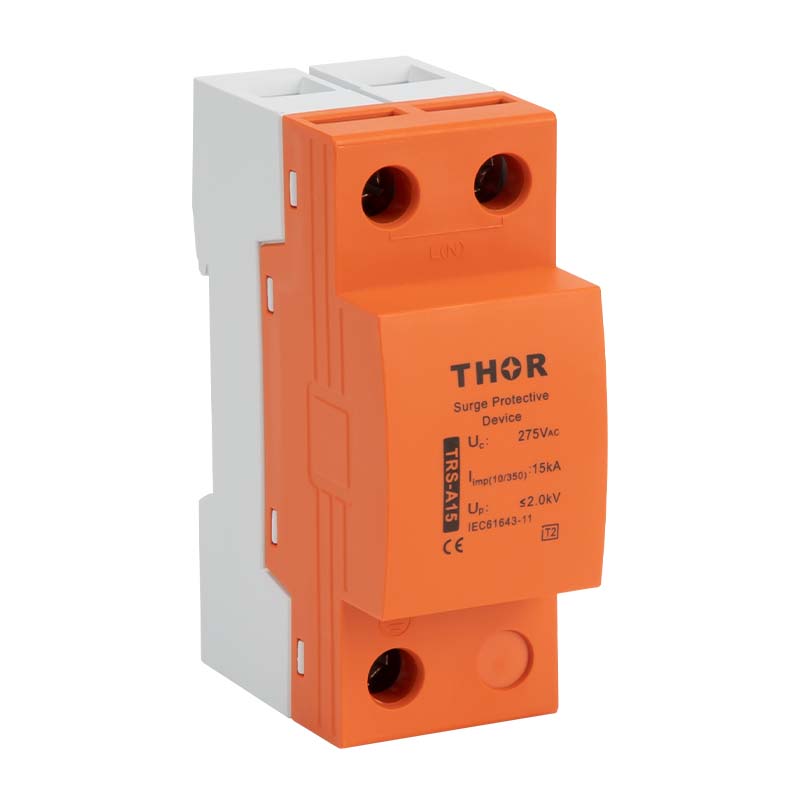 |
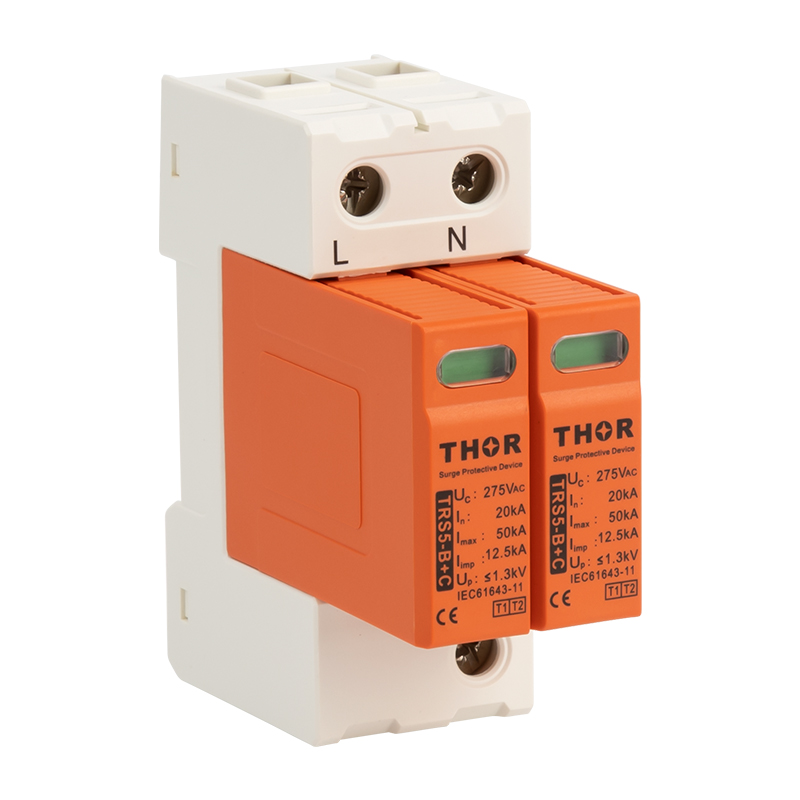 |
| Type 1 TRS-A15 SPD | TRS5-B+C SPD for single-phase protection |
Type 2 SPDs TRS2 are generally installed downstream at sub-panels or distribution boards to protect sensitive loads by mitigating residual surge energy, reducing voltage spikes to levels safe for appliances and control systems.
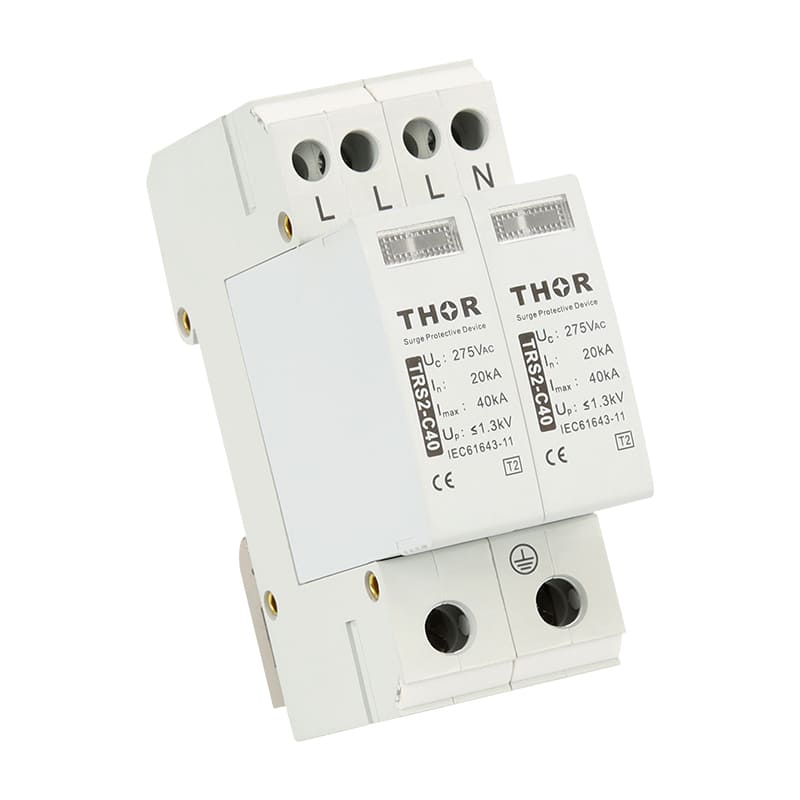
TRS2 type 2 surge arresters for single-phase power
For point-of-use protection, particularly near sensitive equipment like computers, servers, or smart devices, Type 3 SPDs TRSS are necessary to offer fast response times and very low let-through voltages. Type 2 surge suppressor are typically installed close to the load, such as inside equipment racks or at outlet level.
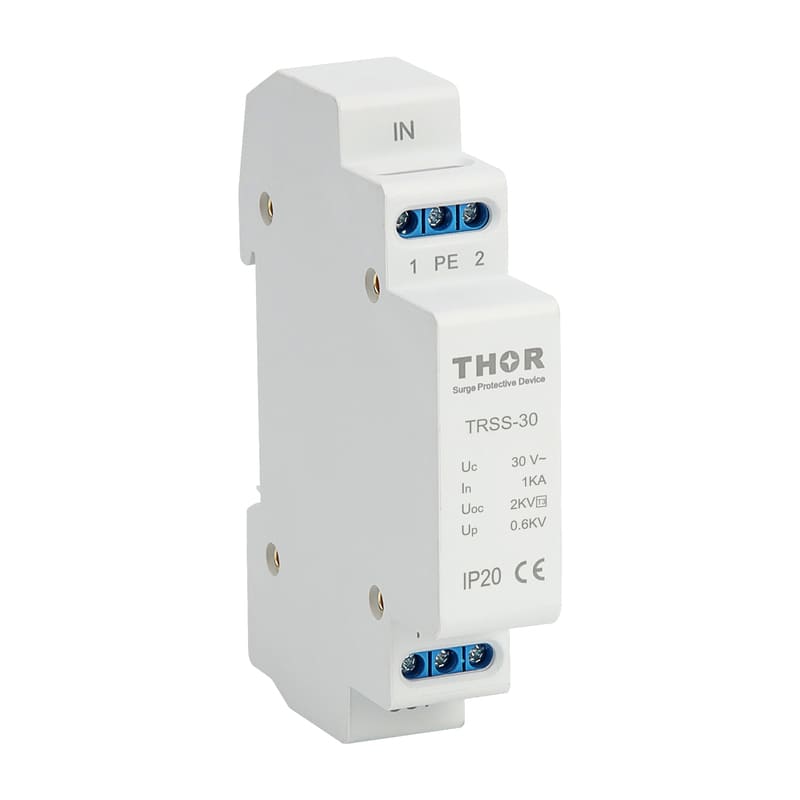 |
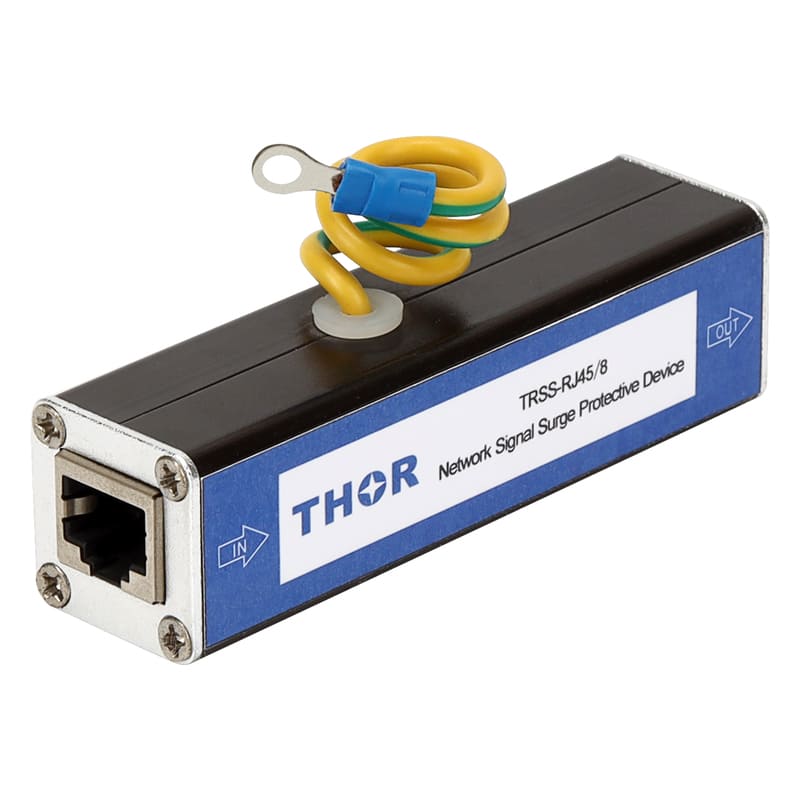 |
| TRSS type 3 SPD for single-phase power | TRSS-RJ45/8 surge suppressor for Ethernet |
Besides power line protection, data and communication lines require dedicated protection—such as Ethernet SPDs, like TRSS-RJ45/8 series, coaxial line protectors, or telephone line SPDs—that preserve signal integrity while guarding against transient voltages.
By installing multiple layers of various single-phase surge protection devices, a meshed or coordinated surge protection system is created, which reduces surge energy to levels that do not impact the system.
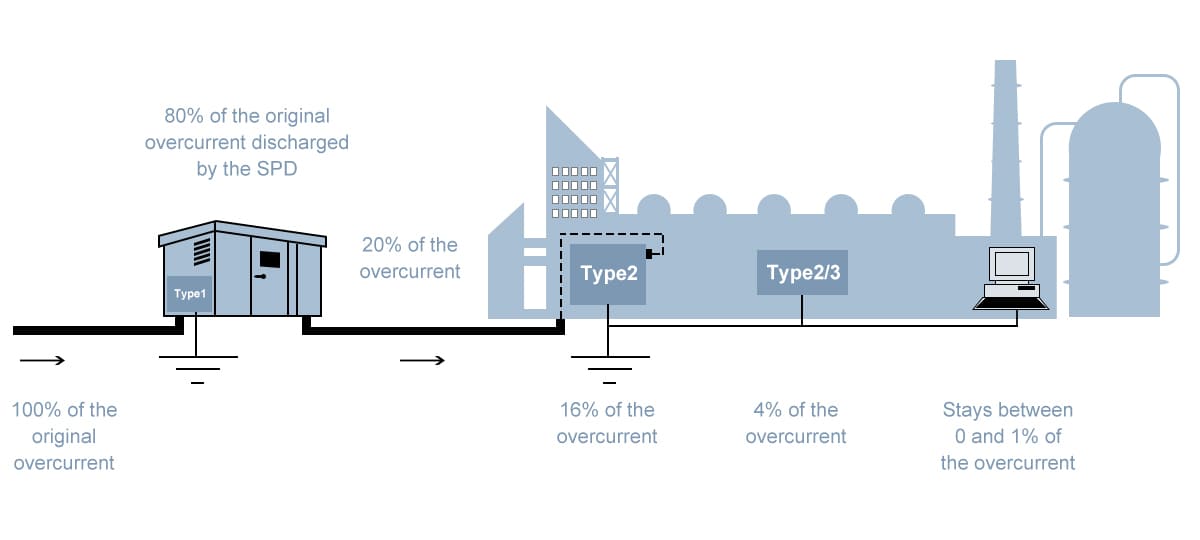
Figure 3 - Attenuated surge energy in cascaded surge protection
Additional factors to consider include response time (typically nanoseconds), which affects how quickly the device reacts to a surge, and its thermal and short-circuit withstand capability.
Finally, be certain that all selected SPDs comply with relevant international standards, such as IEC 61643-11, UL 1449, or equivalent certifications for better tested performance and safety.
Single-phase SPD installation and wiring diagram
Proper installation of single-phase surge protection devices (SPDs) is critical to maintaining their effectiveness and longevity. Incorrect placement or poor wiring can compromise protection levels, even if the SPD itself meets all technical standards.
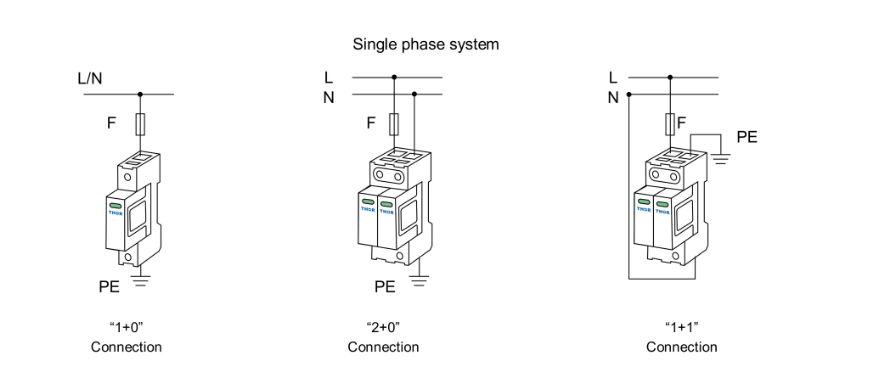
Figure 4 - Normal single-phase SPD wiring diagram
1.Wiring Length and Layout
● Minimize the total connecting lead length (phase + neutral + ground) between the SPD and the busbar. IEC 61643-12 recommends a total length of less than 0.5 meters, as long wires increase the voltage let-through due to inductive effects.
● Use short, straight, and thick copper conductors (preferably 6–16 mm²).
● Avoid unnecessary loops and bends.
● Use star wiring if multiple SPDs are connected in parallel to the same earth bar.
2.Grounding and Bonding
● It is essential the SPD is properly bonded to the main earthing system. A low-impedance ground connection is essential for effective surge diversion.
● Ground resistance should ideally be less than 10 ohms.
● All grounding points (SPD, equipment, lightning protection system) must be interconnected to a common equipotential bonding network.
3.Overcurrent Protection
● Install an upstream circuit breaker or fuse to protect the SPD from thermal overloads and short-circuits. Some SPDs have built-in thermal disconnection and status indicators; others require an external protective device.
● Choose the correct MCB rating based on the SPD’s short-circuit withstand current (Isccr).
4.Phase Configuration
For single-phase 230 V systems, common wiring options include:
● L-N (Line to Neutral): For standard protection in TN and TT systems.
● L-PE and N-PE (Line/Neutral to Earth): In systems where earth potential differences are significant.
Choose SPDs with suitable Un (nominal voltage) and Uc (maximum continuous operating voltage) ratings—typically 275 V AC for L-N and 255 V AC for N-PE in 230 V systems.
How to maintain single phase surge protection devices
Surge protective devices (SPDs) degrade over time due to repeated exposure to surge events. Regular maintenance is essential to identify malfunctions or potential failures. When single-phase SPDs approach the end of their service life, it becomes essential to timely replace the protective equipment for continued and effective surge protection across the system.
1.Regular Visual Inspection
Look for any physical damage such as cracks, discoloration, burn marks, or corrosion on the device housing and terminals. Loose or oxidized connections can impair performance and increase the risk of failure, so it is vital to check all connections.
2.Functional Testing and Monitoring
Modern single-phase SPDs come equipped with built-in status indicators like LEDs or alarms to signal their operational status, which should be checked regularly to confirm the device is functioning correctly. Additionally, some SPDs support remote monitoring, allowing real-time status updates and fault notifications. Where possible, use specialized testing instruments to measure the SPD’s response and verify its surge-handling capabilities.
3.Cleaning and Environment Control
Maintaining a clean environment around the SPD helps reduce the risk of dust buildup and moisture accumulation, which can compromise electrical contacts. Clean terminals and connection points carefully with a dry cloth or approved electrical contact cleaner during scheduled maintenance visits. Avoid using water or abrasive materials to prevent further damage.
4.Timely Replacement of SPDs
SPDs are sacrificial devices designed to absorb surge energy to protect downstream equipment. Over time, their ability to handle surges diminishes. It is important to replace SPDs after significant surge events or if testing indicates performance deterioration.

